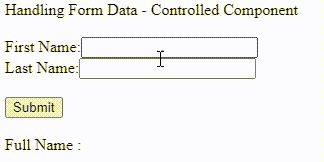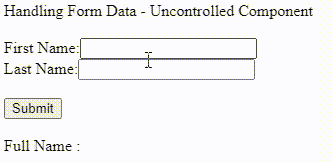Understanding and Implementing Schemas in Python
Understanding and Implementing Schemas in Python Introduction In the world of programming, particularly in the context of data management and validation, schemas play a vital role. A schema is essentially a blueprint or a predefined structure that defines the expected format, data types, and constraints for a given data entity. In this blog, we will delve into the concept of schemas in Python, exploring what they are, why they are important, and how you can implement them in your projects. What is a Schema? A schema serves as a contract between different components of a system, ensuring that data is consistent, valid, and well-structured. It defines the rules for how data should be organized, what fields it should contain, and what types of values those fields can hold. In essence, a schema acts as a set of rules that data must adhere to in order to be considered valid. Why Are Schemas Important? Data Validation: Schemas provide a way to validate incoming data. When data is received o...

